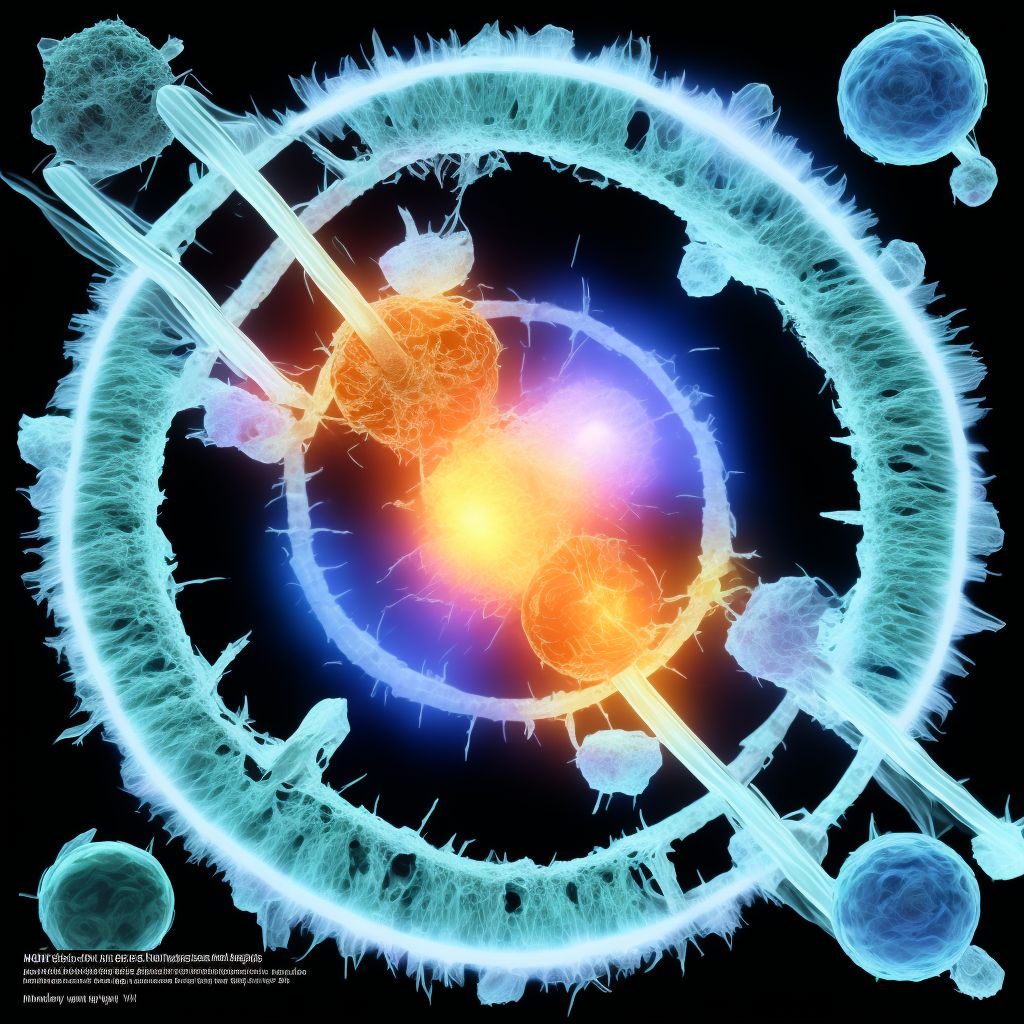
Nondisplaced spiral fracture of shaft of left fibula, subsequent encounter for open fracture type IIIA, IIIB, or IIIC with routine healing Save
ICD-10 code: S82.445F
Disease category: S82.445: Nondisplaced spiral fracture of shaft of left fibula
Nondisplaced Spiral Fracture of Shaft of Left Fibula: Understanding Open Fracture Types IIIA, IIIB, or IIIC with Routine Healing
When it comes to bone injuries, one common type that individuals may experience is a nondisplaced spiral fracture of the shaft of the left fibula. In some cases, this fracture may result in an open fracture, which can further be classified into types IIIA, IIIB, or IIIC. In this article, we will explore the nature of these fractures and discuss the routine healing process, without focusing on treatment.
An open fracture occurs when the broken bone pierces through the skin, exposing it to potential infection. Type IIIA open fractures involve adequate soft tissue coverage, while type IIIB fractures have inadequate soft tissue coverage, and type IIIC fractures involve vascular injury requiring repair.
- Type IIIA: This open fracture type typically has a relatively low risk of infection due to adequate soft tissue coverage. The routine healing process involves careful monitoring, immobilization, and protection of the affected limb to ensure proper bone alignment. With time and proper care, the bone heals naturally.
- Type IIIB: In this case, the risk of infection is higher due to inadequate soft tissue coverage. Medical professionals may employ various techniques to manage the fracture, including wound cleaning, debridement, and possibly the use of antibiotic therapy. The routine healing process for type IIIB fractures involves close monitoring and ongoing wound care to prevent infection.
- Type IIIC: Fractures classified as type IIIC involve vascular injuries that require repair in addition to the fracture management. The healing process for type IIIC fractures is more complex and may involve surgical interventions to repair damaged blood vessels, as well as orthopedic measures to stabilize the fracture.
During the routine healing process, patients are often advised to follow a balanced diet rich in nutrients essential for bone health. This includes consuming adequate amounts of calcium, vitamin D, and protein to support bone regeneration and overall healing.
It's important to note that the information provided here is for educational purposes only and should not be considered medical advice. If you or someone you know has sustained a nondisplaced spiral fracture of the shaft of the left fibula or any other bone injury, it is crucial to consult with a qualified healthcare professional for an accurate diagnosis and appropriate treatment plan.
Remember, understanding the different types of open fractures and their routine healing processes can contribute to a better grasp of the recovery journey for individuals experiencing these specific injuries.
Treatment of Nondisplaced spiral fracture of shaft of left fibula, subsequent encounter for open fracture type IIIA, IIIB, or IIIC with routine healing:
Treatment Options for Nondisplaced Spiral Fracture of Shaft of Left Fibula
A nondisplaced spiral fracture of the shaft of the left fibula can be a painful and debilitating injury. However, with the right treatment options, patients can achieve routine healing and regain their mobility. Here, we explore some of the effective treatment options for this specific type of fracture.
...To see full information about treatment please Sign up or Log in